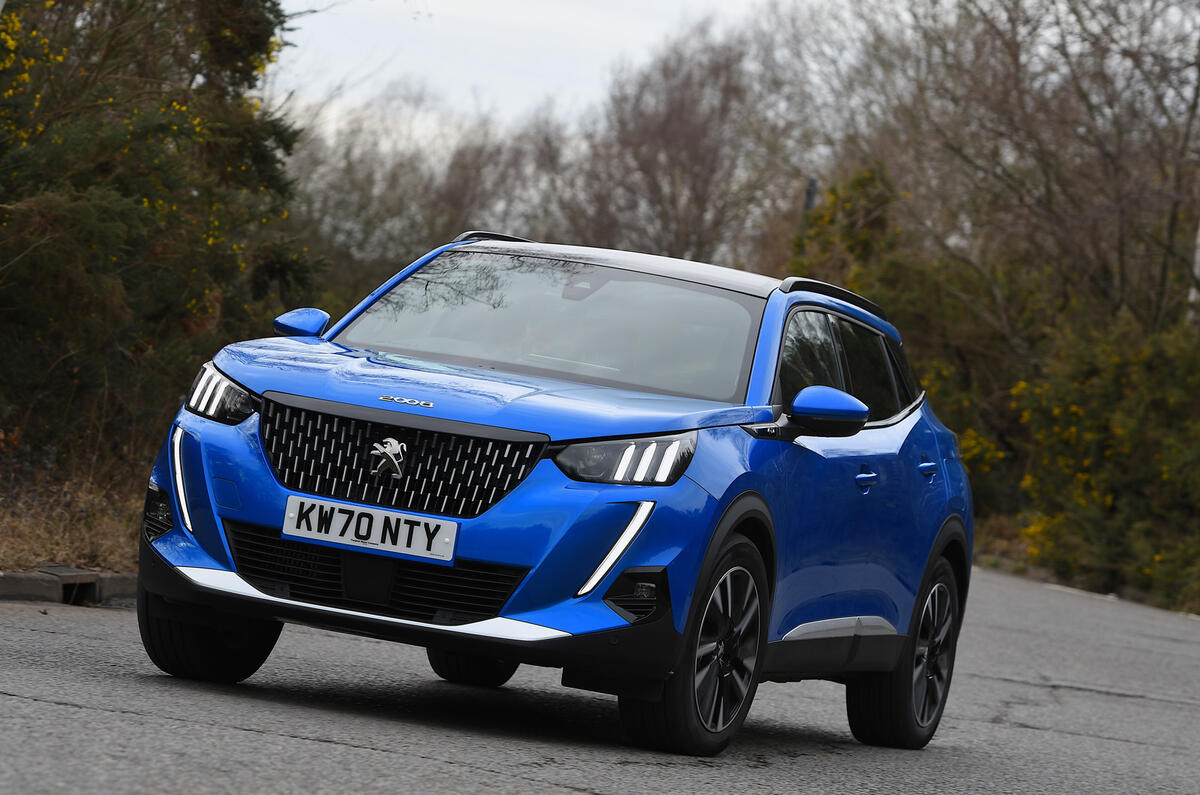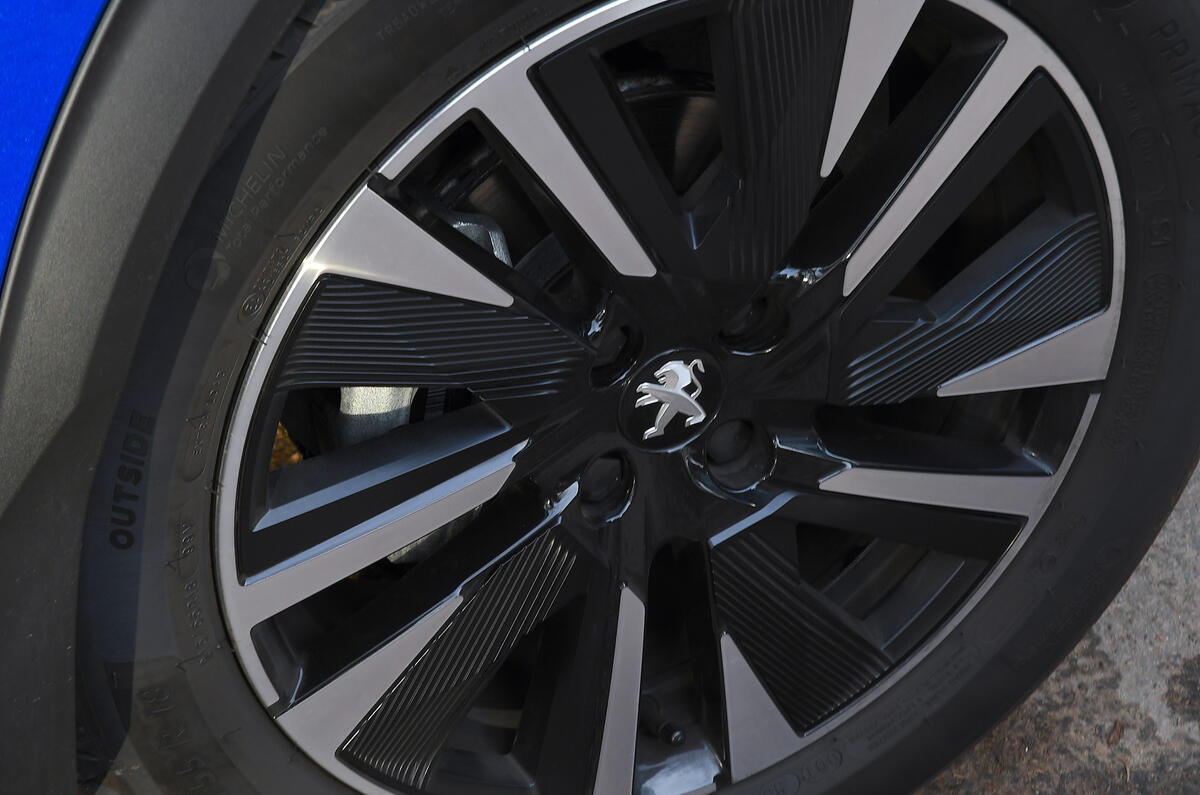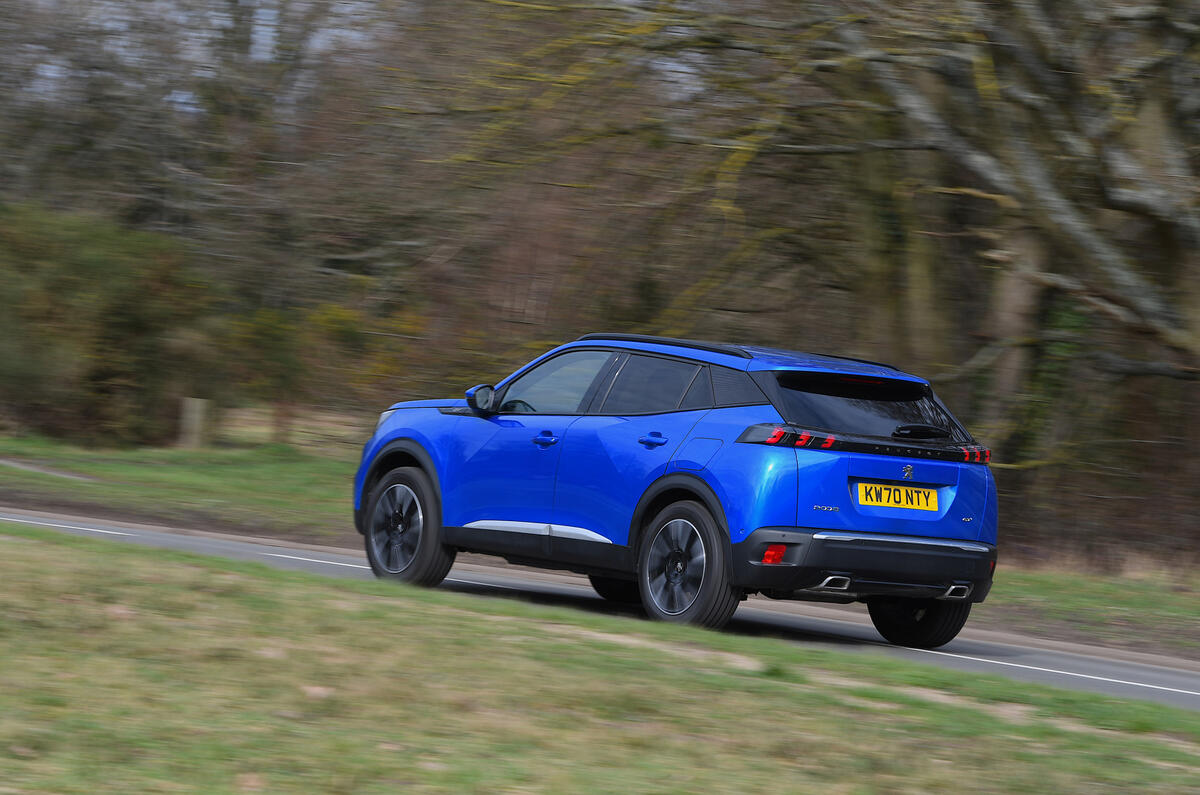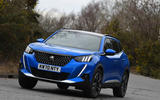If you’re hoping to make it big in new car sales these days then it's best to think compact, as in ‘compact crossovers’. These machines that aim to mix family hatch practicality and running costs with just a sprinkling of SUV street cred are big business, which is why manufacturers, mainstream and premium alike, have jumped into the sector with both feet. One of the first was the original Peugeot 2008 in 2013, which Peugeot replaced by the current car six years later.
It sits on Peugeot’s CMP (Common Modular Platform) small car architecture which, you may know, means it comes with a choice of internal combustion power or as a pure battery-electric vehicle (BEV) - the Peugeot Peugeot e-2008. Plug-in hybridisation is saved for bigger Peugeots and Citroëns, DSs and Vauxhalls that with Peugeot form the Stellantis automotive super group.
Anyway, the idea is that, instead of Peugeot making a stand-alone electric vehicle, you choose a car from the regular Peugeot range and then choose a powertrain - ‘thermal’ or electric - to suit you, which strikes me as a pragmatic long-term approach. Like most big car companies, Peugeot needs a mix of low- or zero-tailpipe-emission vehicles to meet legislated CO2 targets. Its current order bank suggests it’ll meet them comfortably.
The latest 2008 joins a raft of compact crossovers and, at this size and price, is pitched against rather a lot of family hatchbacks too. Other crossovers have not exactly set a high bar, but the best small family hatchbacks are really rather good, meaning the pugnacious Peugeot has its work cut out.








































